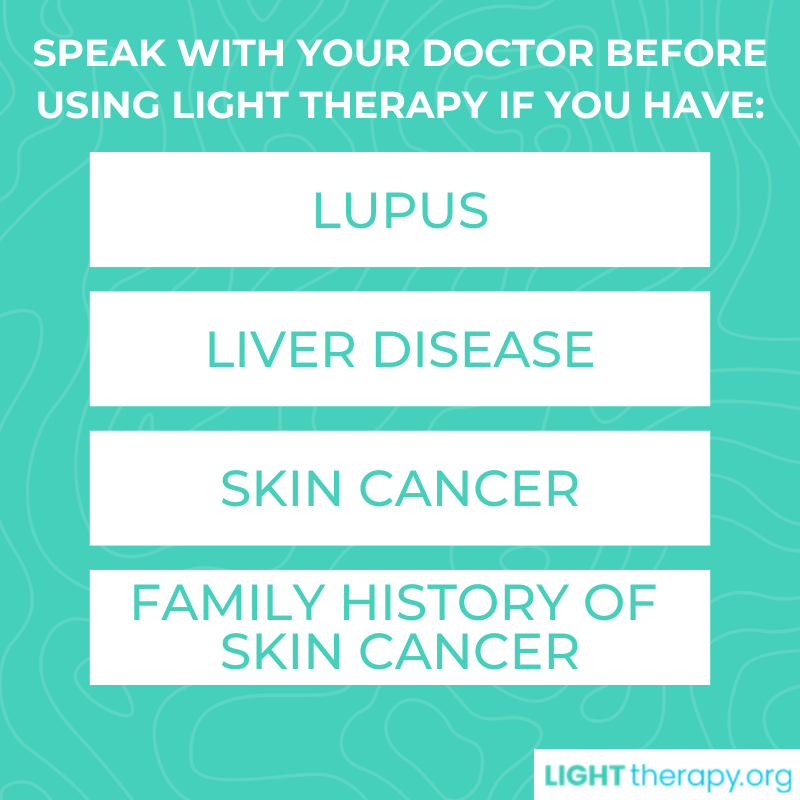Collagen and Red Light Therapy: What Are the Side Effects?
When it comes to the health of your skin, there are so many considerations.
What will keep your skin healthy? Which products and treatment options will help you achieve your specific goals? What do all the buzzwords and key concepts around modern skincare mean — like collagen, red light therapy, side effects of treatment options, and how to create an effective skincare routine?
Let’s take a closer look at collagen, red light therapy, side effects associated with treatment, and how to decide what’s best for your skincare goals.
What Is Collagen?
If you’re interested in collagen, red light therapy side effects, and generally improving your skin, it’s important that you first have a good understanding of collagen and the role it plays in the health of your body.
Collagen is a protein building block for the structural integrity of your skin, as well as for your muscles, tendons, ligaments, and hair. One of the many side effects of red light therapy is its ability to boost your skin’s collagen production.
Collagen is responsible for maintaining the skin’s overall strength as well as its elasticity and smoothness. With enough collagen, your skin stays firm and plump, meaning you notice fewer signs of premature aging, like wrinkles, sagging, and age spots.
Collagen is also an important ingredient in how your skin repairs itself, healing damage like wounds, burns, and blemishes and reducing the appearance of scars and pockmarks. Additionally, increased collagen appears to help keep your skin hydrated, improving its moisture content and contributing to a dewy glow.
As you can see, collagen is a vital component for your health. But what does all this have to do with collagen, red light therapy, side effects, and your skin? Keep reading to find out.
What Are Red Light Therapy’s Effects on Collagen?
As stated above, red light therapy encourages collagen production in your skin. When your skin absorbs specific wavelengths of light, this process stimulates fibroblasts, the cells that produce the structural proteins for your skin, including collagen.
Red wavelengths of light are able to penetrate the deeper layers of the skin to kick off this process and stimulate collagen production.
In addition to boosting collagen production, red light therapy can also reduce the breakdown of existing collagen. With consistent red light therapy treatments, you’ll likely see improved skin elasticity, hydration, strength, texture, and overall health. Studies like this one have demonstrated the effectiveness of using red light therapy to increase collagen and achieve overall skin rejuvenation.
If you’re looking for a natural alternative to invasive treatments like Botox or facial fillers, which come with the possibility of adverse side effects, red light therapy that boosts collagen could be a better option for you.

Does Light Therapy Have Any Adverse Side Effects?
When it comes to your skin, you’re probably very careful about using new products or treatment methods.
With skincare, knowledge really is power. The more you know and understand about concepts like collagen, red light therapy, side effects of treatments, and potential benefits, the easier it is to weigh the pros and cons and make a well-informed decision about your health.
For most people, red light therapy is considered an extremely safe treatment option for a wide variety of skin conditions. In addition to premature signs of aging, red light therapy can treat problems like acne, psoriasis, eczema, and hair loss.
Still, there are a few health conditions that could affect your decision to use red light therapy to boost collagen production. To be on the safe side, you should speak with your doctor before using light therapy treatments if you have one of these conditions:
- Lupus
- Liver disease
- Skin cancer
- Family history of skin cancer
Light therapy hasn’t been thoroughly evaluated for use while pregnant or breastfeeding, so you should speak with your physician before any treatments. Your regular doctor knows you and your history and can help you make the best choice for your health.
Additionally, if you notice any increased inflammation, swelling, redness, pain, or rash, stop your light therapy treatments immediately and consult with your doctor.
Concluding Thoughts on Collagen, Red Light Therapy, Side Effects, and Other Treatment Options
Now that you understand more about collagen, red light therapy, side effects of treatment options, and how your skin may react, you can make an informed decision about your personal health and wellness routine.
Trying out light therapy to increase collagen production in your skin has very little risk for most people. Plus, you can find a wide variety of affordable in-home light therapy treatment devices that are safe and convenient to use. Compare the features and benefits of different light therapy devices before making a final choice.
If you decide light therapy isn’t for you, other options for boosting collagen in your skin can be effective. You can eat a more nutrient-rich diet, manage your stress levels, and regulate your sleep schedule. Collagen supplements have also become popular in recent years and show benefit in clinical studies.
And, perhaps most importantly, never leave the house without sun protection, since UV rays from the sun can destroy collagen in the skin!